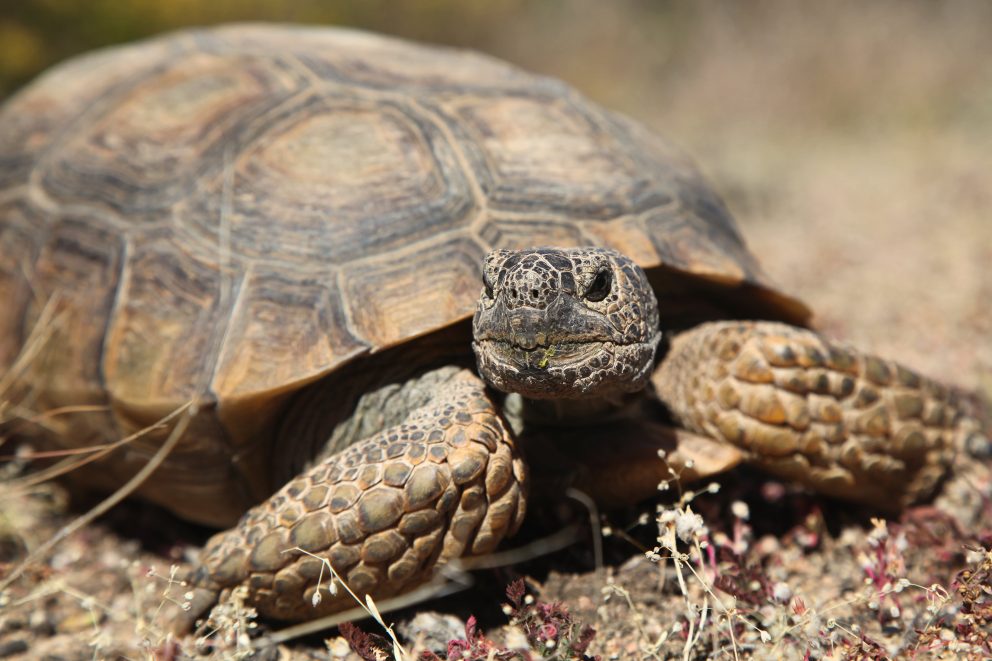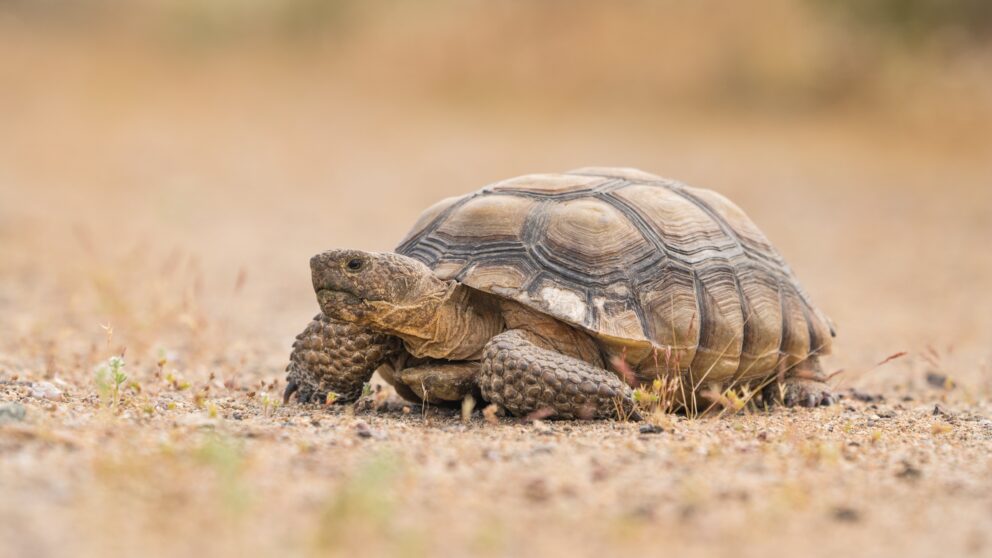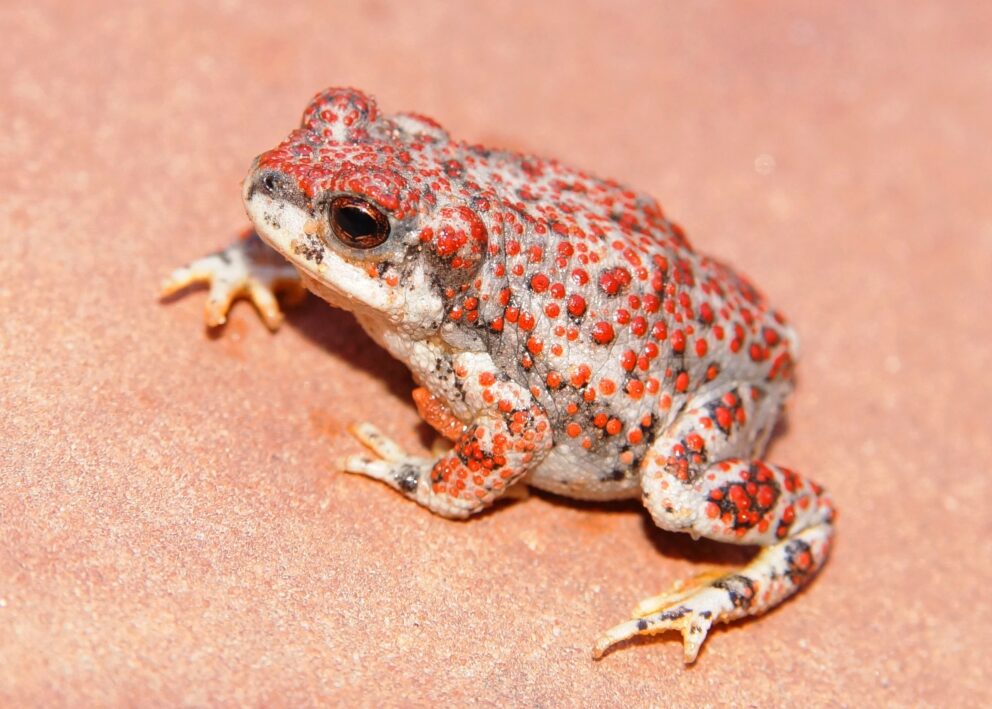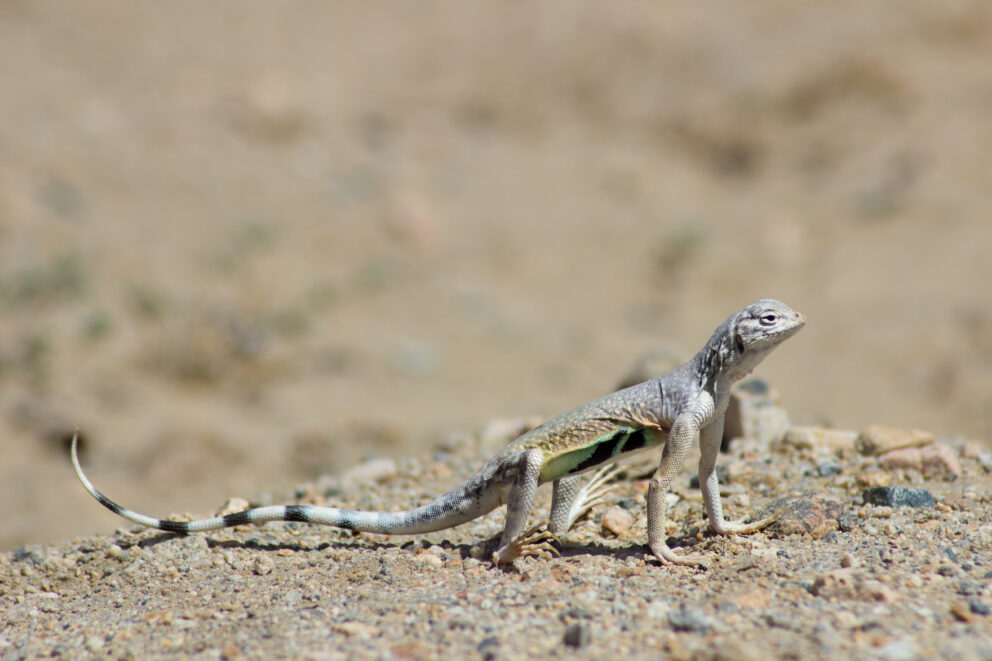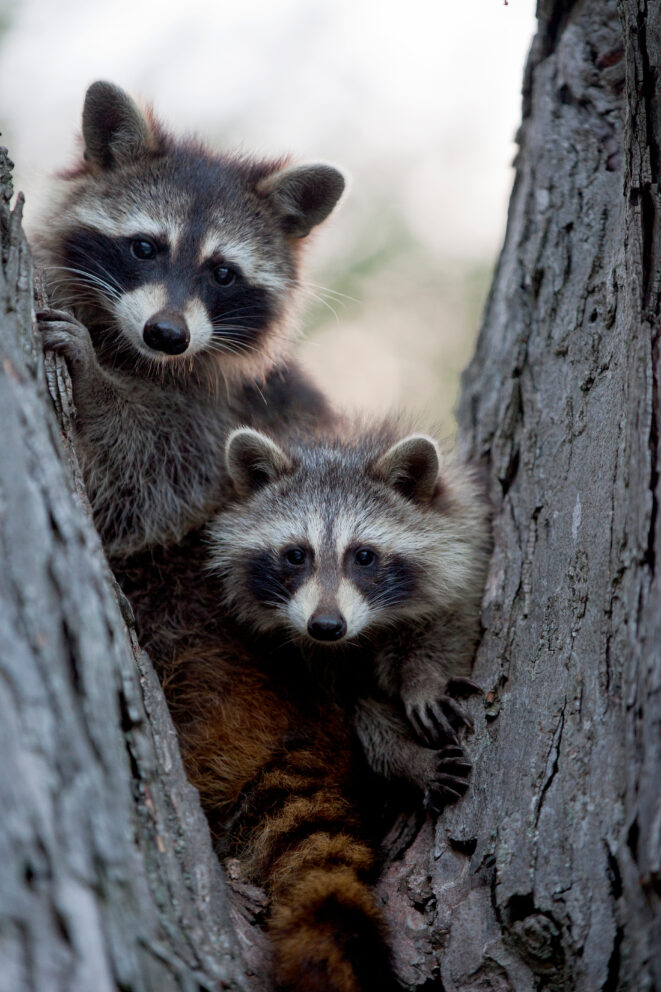- SCIENTIFIC NAME
- Gopherus agassizii
- CLASSIFICATION
- Reptile
- LIFE SPAN
- 50-80 Years
- SIZE
- 9-15” | 8-15lbs
- STATE CONSERVATION STATUS
-
- Priority Species
- Threatened
- FEDERAL CONSERVATION STATUS
- Vulnerable
- GAME STATUS
- Non-Game
- Washoe
- Humboldt
- Pershing
- Churchill
- Mineral
- Lyon
- Douglas
- Carson City
- Storey
- Elko
- Lander
- Eureka
- White Pine
- Esmeralda
- Nye
- Lincoln
- Clark
Habitat & Range
Desert Tortoise spend most of their lives in their burrows. Soils in their habitats need to be firm enough to hold their burrow shape. They can find these soils in many different types of habitats found in the Mojave Desert, such as washes, canyons, sandy flats, or rocky foothills.
- Desert Washes
- Mojave desert
- Warm desert riparian
Threats
- Disease
- Habitat Degradation
- Habitat Loss
Natural History
The Desert Tortoise was made for the desert, but that doesn’t mean surviving in the Mojave Desert is easy. To survive the dry conditions, they have a special bladder that can store water they can then absorb. This amazing adaptation allows the tortoise to survive without a drink of water for up to a year! In addition to the dry conditions, tortoises can be targets of several different kinds of predators. Lucky for them they can completely pull their head, arms, and legs into their hard protective shell. Tortoises roam around the desert in search of grasses, flowers, cacti, and other desert vegetation to eat when they leave their burrows. They are a slow-growing species and do not reach sexual maturity until they are 13-20 years old. In addition to slow sexual maturity, they also have very high mortality rates in young hatchlings. This makes them very susceptible to changes in their population. Young hatchlings’ shells remain very soft and flexible for several weeks after hatching. Their undeveloped shells leave the hatchlings very vulnerable to predation. The most common predators of hatchlings are Common Ravens and Coyotes.
Fun Facts
